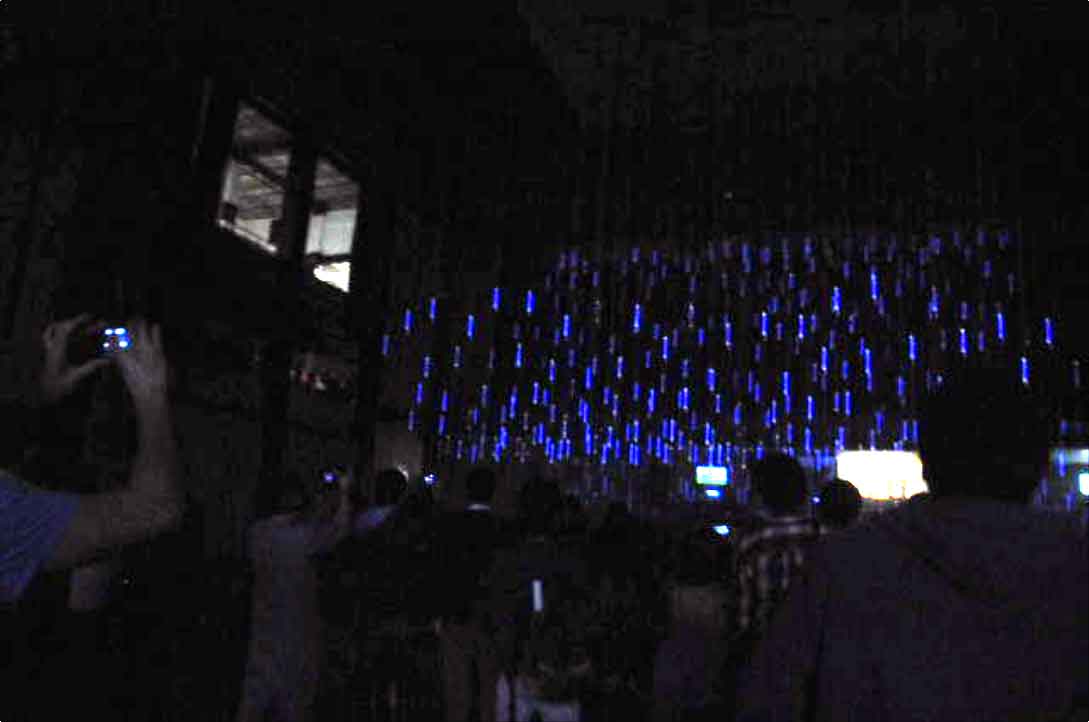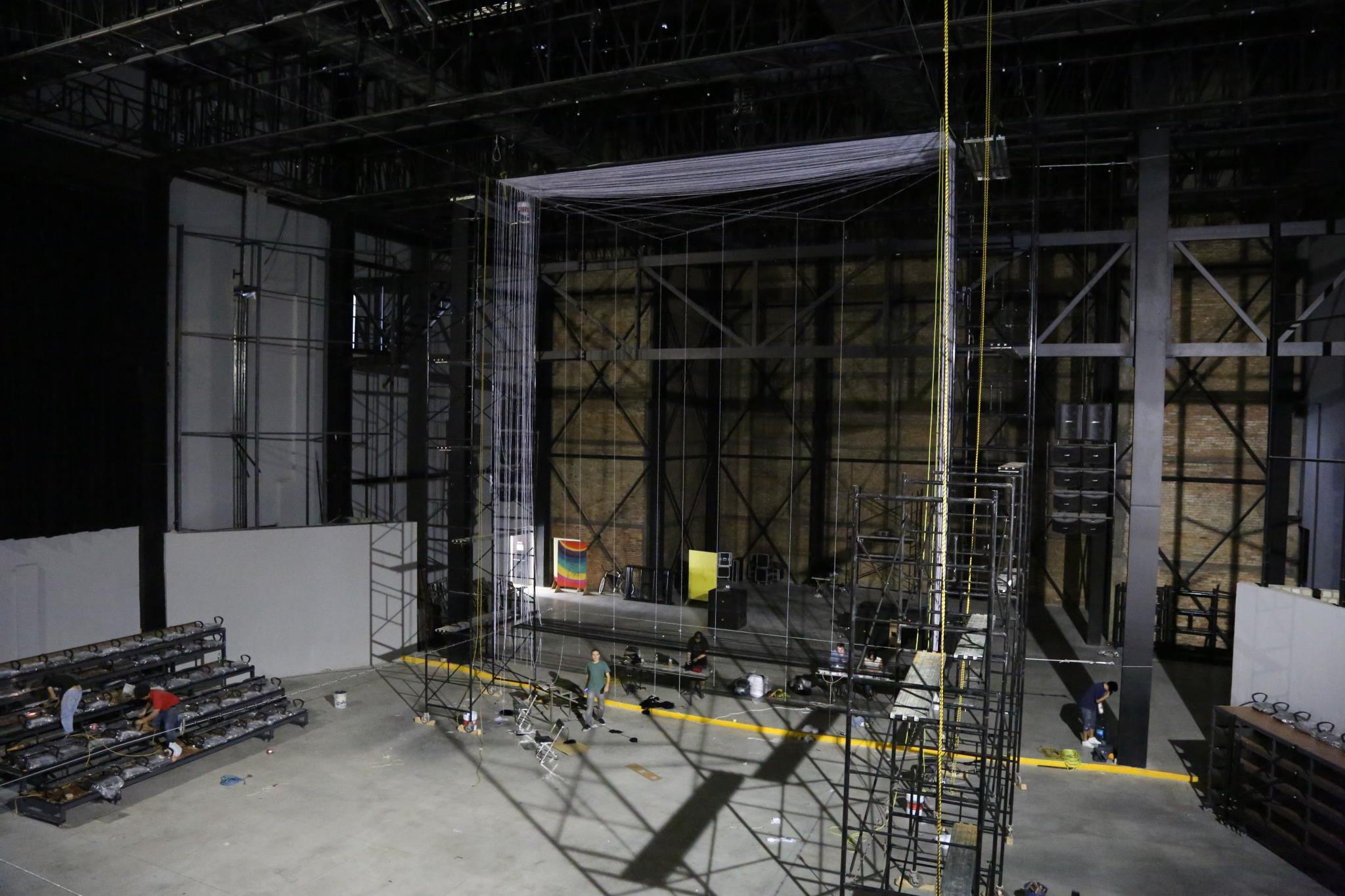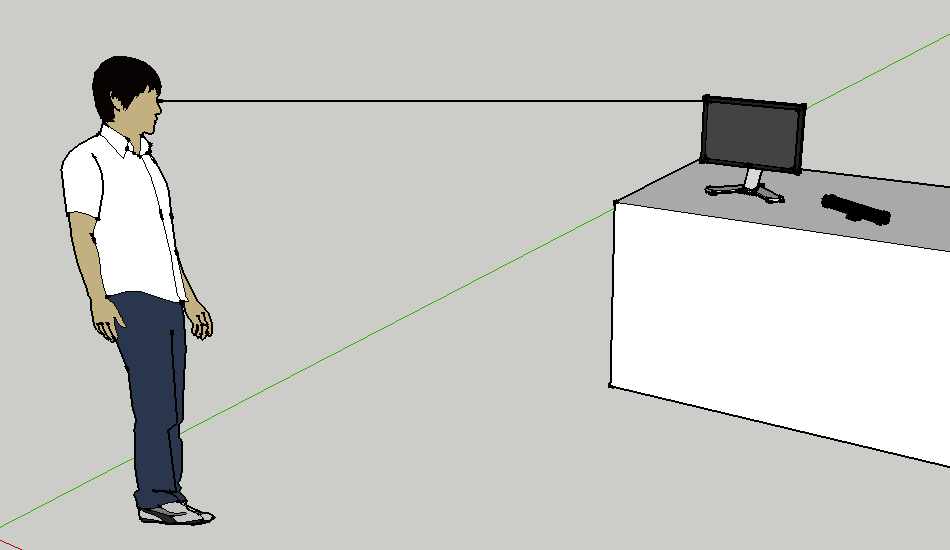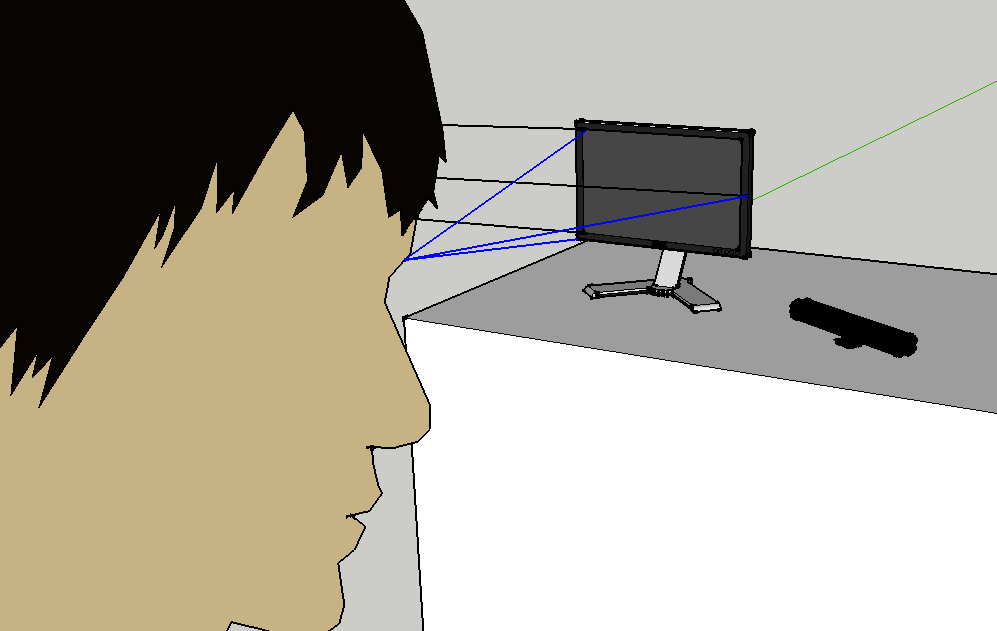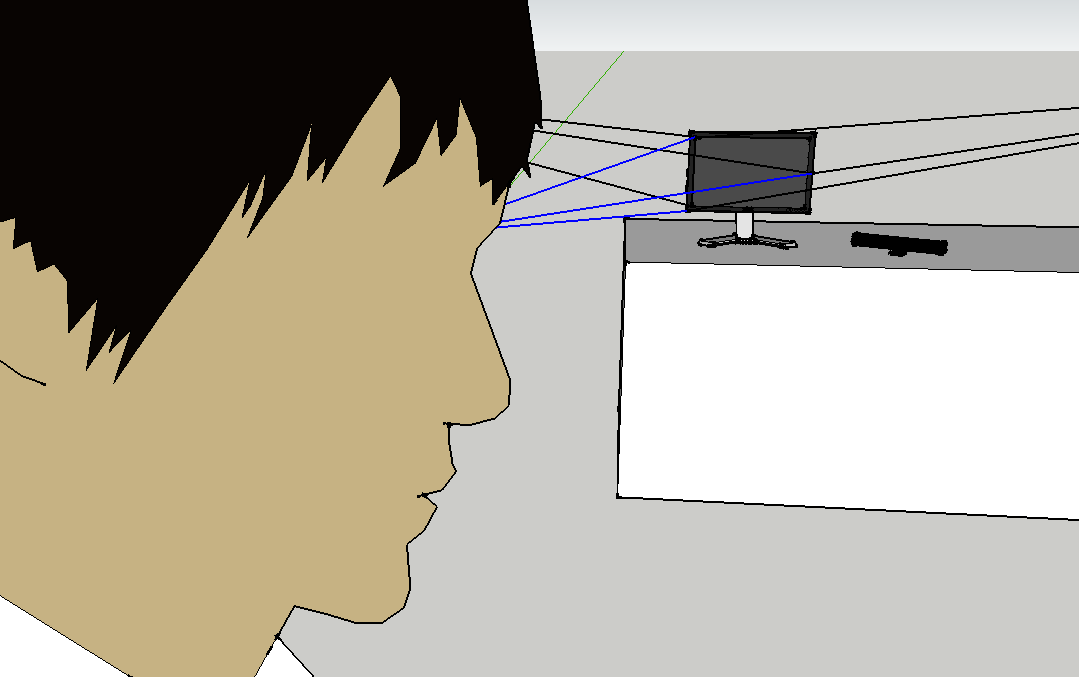I took a little over a year to rethink my relationship to the internet as an artist. It's given me some amazing emotional rushes. It has also contributed to some rough times. Here's what I've discovered about me, my work, and the internet.
Being "Right"
Before I get into "me + something else", I want to first review who I was when I started this new media art journey.
Just outa college, I was motivated by one thing: being right. It wasn't money, power, social good, raising awareness, or anything like that; for better or for worse, I was mostly only motivated by "rightness".
To me, being right meant designing things the right way. In terms of process, it meant that I wanted to itch away at a riddle until I unraveled it's definitive mechanic. Once I was confident that I'd cut away all the fat and left nothing but the core solution, I used that answer as a foundation to construct the logical hyperbole of that idea. This was a tedious process -- as most creative processes are.
To assist in this tedium, I needed some tools. I needed a way to record my journey. I needed a place to workshop my thoughts. I needed a stage to exhibit my finished work.
The internet was my toolbox
The internet fit all these needs. It was my diary, my community, and my gallery. I could vent my frustrations and record my insights. I could contemplate my progress, share my ideas, get feedback, and present to the world.
It was a good toolbox to have... I felt well-equipped to test wildly outlandish ideas because I always had a trail of breadcrumbs if I needed to get back home. So what if my conclusions ended up being wrong? I had a paper trail, knew what I wanted, and had a pretty good sense of where I was coming from.
Then the Traffic Came...
The first time I was temporarily "internet famous," it was an absolute thrill ride. I was bouncing up and down and felt like a champ.
It was this weird sense of ironic glee; I knew sites like Reddit and Digg were just ridiculous popularity contests, but at the same time, like, dude, I mean... the top post of Reddit!
Looking back now I can see where I misstepped. While I was able to acknowledge the absurdity of the situation, I was not prepared to process it. There's this term that people use to describe websites that get suddenly popular and get swamped by traffic: "slashdotted". Slashdotted sites usually get taken down as soon as they become popular. My web content wasn't ever slashdotted... but I was.
What I mean to say is, my work withstood all the traffic just fine, but my psychology couldn't properly process all this newfound attention.
Internet Attention: AKA Hype
The thing about internet attention -- especially internet attention focused on potential future technologies -- is that it's almost entirely hype without any substance.
What I mean is, popular internet attention is the type of ruckus that emits from a crowd of people who are doing nothing but waiting to be excited. Hype is collective blind optimism.
And when I shared my work with the internet, on a few occasions it struck a chord with these people. Not so much because it was a practical solution to anything, but because it was absolutely "right" by it's own internal design.
I fell in love with the attention. I figured that the only way for me to grow was to lean into it. Instead of being an expert at my domain knowledge, I wanted to be an expert for the sake of this hyped up community.
Being "Right" on other people's terms
As you may imagine, this was a painfully terrible instinct to follow. While before any of this happened, I was mostly concerned with using "be right" as a motto to develop rock-solid designs, now I was trying to apply "be right" to other people's speculations about my work.
The problem here was that I didn't truly grok other people's issues like I grokked mine. The riddles I unraveled in the comfort of my own home were mine. They were elegant riddles that rendered elegant answers.
The riddles that the sea of internet gave me felt fuzzy and impossibly large. They involved politics, the future, and real-world costs. Instead of providing elegant answers to personal, elegant riddles, I was trying to provide simple designs for really big fuzzy questions.
Give up on solving other people's problems
Eventually I got so frustrated and felt so confused that I gave up on other people's problems. After all, I wasn't an expert on the things they were bringing up. I was an expert on answering my own questions.
This revelation was liberating in the sense that I wasn't beholden to anybody else.
But, on the other hand, it was confounding for a new reason.
If I wasn't interested in seeing these designs through to completion -- if I built these projects merely as design exercises -- did any of it matter? In other words, if my creative work has no obligation other than to just be beautiful, am I actually adding any substantive value? Or was I just stoking the fires of internet hype by feeding it what it wanted?
To be clear, I stand by the work. It is good, and it's designed with a very deliberate, methodological approach. It was intended to be beautiful, and I think it accomplished that. But if I'm only adding to the hype, is it still worth doing? Does it, in the end, make the world a better place, or just a more cacophonous one?
So I took a break...
This whole journey made me sick and made me want to walk away from it all. I could feel myself wanting to publish things on the internet, but I could also feel that it became something ugly. Every new idea I started playing with felt like it was contaminated by this soupy confusion of stupid considerations like "I wonder if this would make a good post on Reddit" or "I wonder what sort of blogs would pick this up".
So I decided to stop and to abandon my desire to publish work altogether. At first it was just an emotional knee-jerk reaction, but by the time I realized what was happening, I thought it was kinda neat that my defense mechanism did that, and I rolled with the punch.
And I think I was right. After a while I felt healthier and better grounded. I felt like I got a better sense of what I wanted from the internet, and a more discerning eye when it came parsing the good from the bad.
And so now I'm back...
What I realized with my time away is that there's a "Right Way" to engage with the internet as a new media artist.
The "Right Way" is to acknowledge that the internet is an indispensable collection of tools -- at least for my personal creative process. It is a public journal, a workshop space, and a personal gallery.
The "Right Way" is to build ideas that, from the get-go, are related to the greater good of some community. And no, the community that is "Internet Press" doesn't count, because that community is just a churning hype machine.
The "Right Way" is to focus on those riddles, to unravel them, to expose them, and to continue to be relentless about their purity, even after other people engage with them.
I'm very glad that I took time away from this blog. I'm also glad to be back, to have access to those tools again, and to feel like I have a better, well-rounded understanding of how these tools work.
So I don't have all the answers right now, but that's okay. After all, that's what this blog is for -- a place for me to work out my confusions. Also, for the first time in a very long time, I can happily say that I'm relieved to not feel like I should have those answers.


